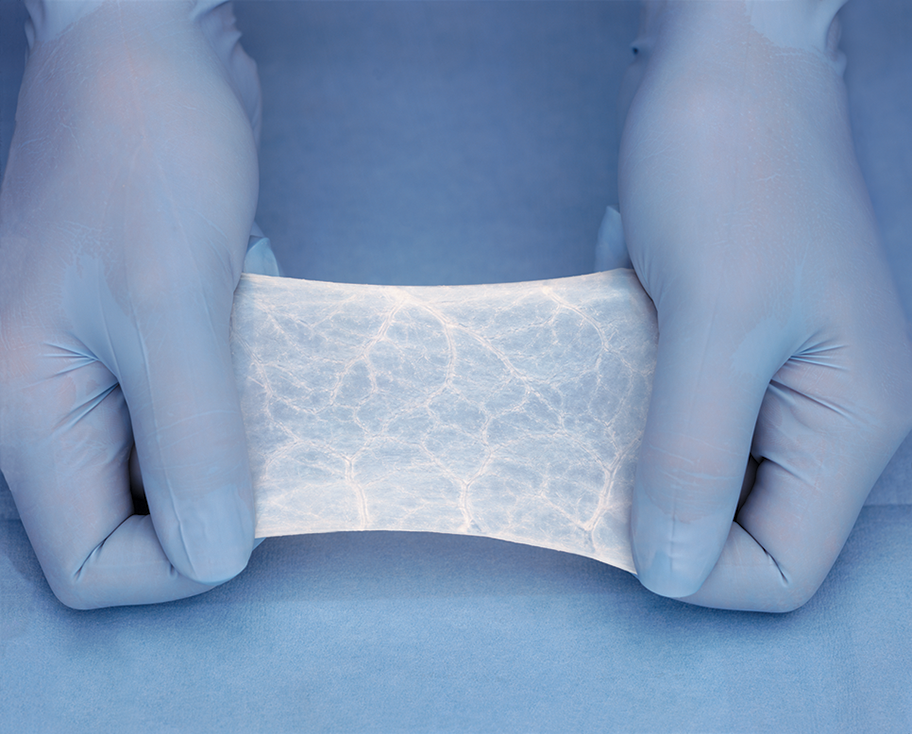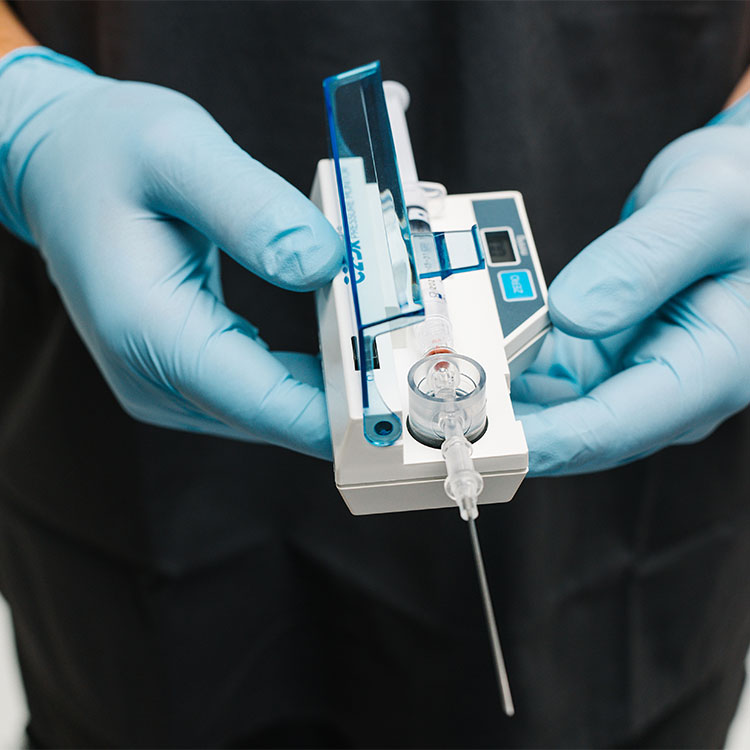Back to Insights Hemostasis in Head & Neck Surgery Bleeding control is a critical component of head and neck procedures, including parotidectomy, thyroidectomy, and neck dissection. These surgeries often involve working in vascular anatomical planes near vital structures such as nerves, salivary glands, and major vessels. Effective hemostasis supports operative […]
Read More
Back to Insights How Temperature Therapy Supports Post-Operative Recovery After surgery, heat or cold therapy are often used for pain management and to ease discomfort. By applying localized warming and cooling therapy to the affected area, you can help to reduce swelling, improve circulation, and encourage your body to heal […]
Read More
Back to Insights How CSF Leaks Are Treated in Clinical Practice Cerebrospinal fluid (CSF) is a fluid that cushions the brain and spinal cord. When a leak occurs, the fluid drains through a hole in the dural layer and escapes via the ear, nose, or spinal tissues. An untreated CSF […]
Read More
Back to Insights Signs of Compartment Syndrome Compartment syndrome is a serious condition in which pressure builds up inside a closed muscle compartment. This increased tissue pressure can reduce blood flow, depriving muscles and nerves of oxygen. Without treatment, it can lead to nerve damage, permanent muscle loss, or even […]
Read More
Back to Insights A salivary gland infection causes swelling, pain, fever, dry mouth, and tenderness in the area near the jaw or cheek. These infections most commonly affect the parotid gland, one of the three major salivary glands. When a salivary duct becomes blocked or inflamed, saliva production slows, allowing […]
Read More




